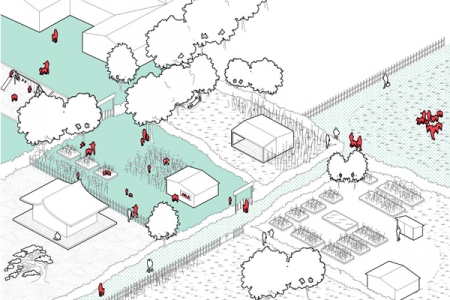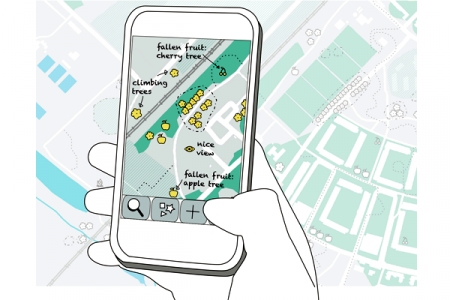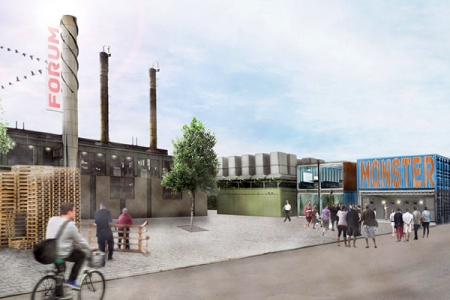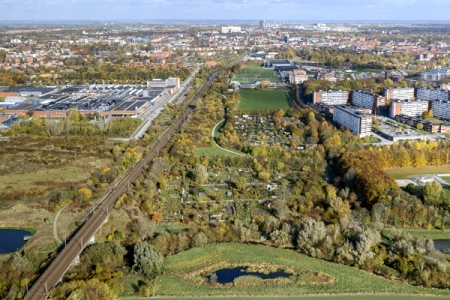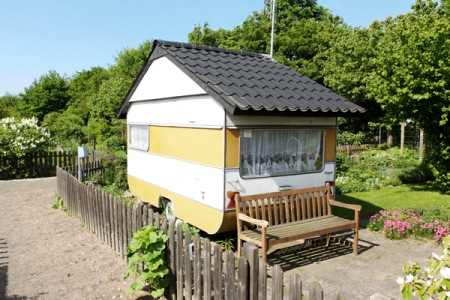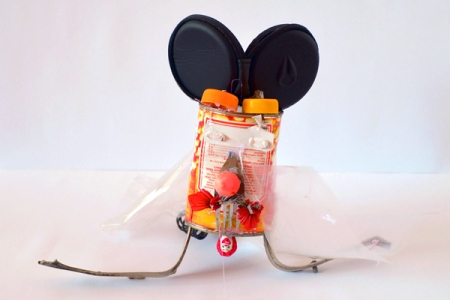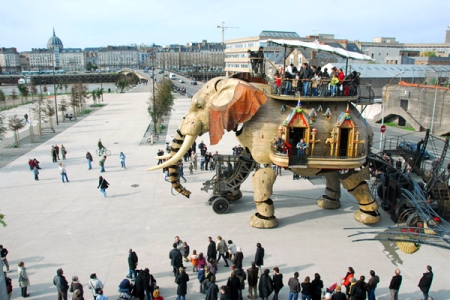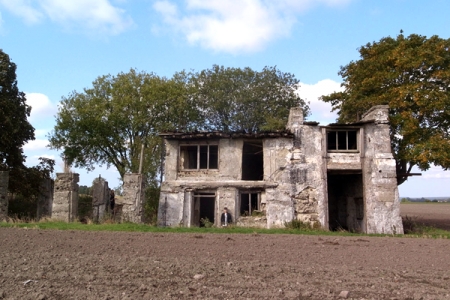Monster Planning
Lund (SE) – Runner-up
TEAM DATA
Team Representative: Linus Mannervik (SE) – architect
Contributors: Anders Bennrup (SE), Nicklas Ivarsson (SE), Fredrik Linander (SE), Karin Lindström (SE), Käbi Noodapera Ramel (SE), Niels Pettersson (SE), Malin Svensson (SE), Petra Svensson (SE) – students in architecture; David Flygar (SE) – student in landscape
Mosaik Arkitekter, c/o Linus Mannervik, Kulgränden 7D, 22649 Lund – Sverige
+46 736 307 731 – info@mosaik-arkitekter.se – www.mosaik-arkitekter.se
See the complete listing of portraits here
See the site page here

L. Mannervik, K. Lindström, D. Flygar, M. Svensson & F. Linander
On t-shirts: N. Ivarsson, P. Svensson, K. Noodapera Ramel, A. Bennrup & N. Pettersson
INTERVIEW
Click on the images to enlarge
1. How did you form the team for the competition?
Parts of the team met at the School of Architecture of the University of Lund and gathered around a similar approach to architecture. Mosaik Arkitekter was founded in the summer of 2013 as a cooperative, a network and a way for us to start shaping our view on architecture. With this common background 10 members of our association were available and interested in participating in the Europan 13 competition. Our different schedules and places of residence required working methods that helped shape the project. In our proposal we suggest to let go of control of the future, and you could say that the same applied to our working process and proposal. A fantastic and headless monster was shaped by our different wills and we believe the result gained from our process of collaboration.
2. How do you define the main issue of your project, and how did you answer on this session main topic: Adaptability through Self-Organization, Sharing and/or Project (Process)?
We find a contradiction between classical master-planning and adaptability, which is one of the reasons why we choose to abandon the idea of large-scale urban planning imposed by architects and planners. If we can engage people on the area in its development, we will get an environment almost as heterogeneous as the people living there. This diverse, heterogeneous environment, imagined and even built by empowered citizens, is stronger than any master-planned environment when it comes to tackle future uncertainties. With this in mind we ask ourselves: what methods and processes can help us unleash the inherent wills and powers onsite? And how do we materialise them?
3. How did this issue and the questions raised by the site mutation meet?
There is no such clash or meeting in our project since we do not have a plan for the growth of the area. We are not proposing a future ideal city. We are not proposing any utopian images reducing the immensely complex built environment to a simple matter of design and good looks.
Still, there are always clashes when it comes to changing the built environment. But we think clashes should be between the actors present in the area and our role is to raise unheard voices and propose solutions generated by the clashes and the conflicts of interest.
4. Have you treated this issue previously? What were the reference projects that inspired yours?
This is the first competition for which we have addressed this issue, but over the years we have developed a common interest in architecture processes and methods that allow inhabitants to engage in their closest surroundings. One of the team members made his thesis project on the topic of the Monster in the spring of 2015. That project introduced a definition of the monster that was later used to discuss the unplanned and unforeseeable in architecture.
The development of the Île de Nantes (FR) is a project that was mentioned early on and throughout our own process. The masterplans by Alexandre Chemetoff recognises planning and development as an ongoing process and as something driven forward by its users rather than by the planners.
During the fall of 2014 some of the group members were engaged in a project dealing with informal architecture and man, what it seems almost inherent, need of being able to transform his closest environment by himself. The project, together with the examples we analysed –among them a self-built fortress in the south of Sweden– sparked our interest in the monster and the unforeseeable nature of man-made environments.
5. Today –at the era of economic crisis and sustainability– the urban-architectural project should reconsider its production method in time; how did you integrate this issue in your project?
For a city and its development to be truly sustainable or resilient there is always a need to reflect the lives of the inhabitants. A development that turns only to future promises of external powers and which fails to recognise the present and on-going life in the area can never sustain for long.
We propose to gather the forces of the area and to provide as many as possible with the tools needed to affect the built environment. The area will start its transformation today, which will hopefully never stop. Our suggestion is to allow the city to be an ongoing small-scale transformation process with lots of actors involved in altering the rhythms and appearances.
The smaller the scale, the easier the start.
6. Is it the first time you have been awarded a prize at Europan? How could this help you in your professional career?
This is the first time we have been awarded a price and it will probably affect us in many different ways. Not least does it affect our belief in the strength of our team and of the ideas we generate. Strengthened by the jury's appreciation as well as the prize money we will develop our proposal further by working on how our ideas could be realised and applied in Lund as well as in other places.
